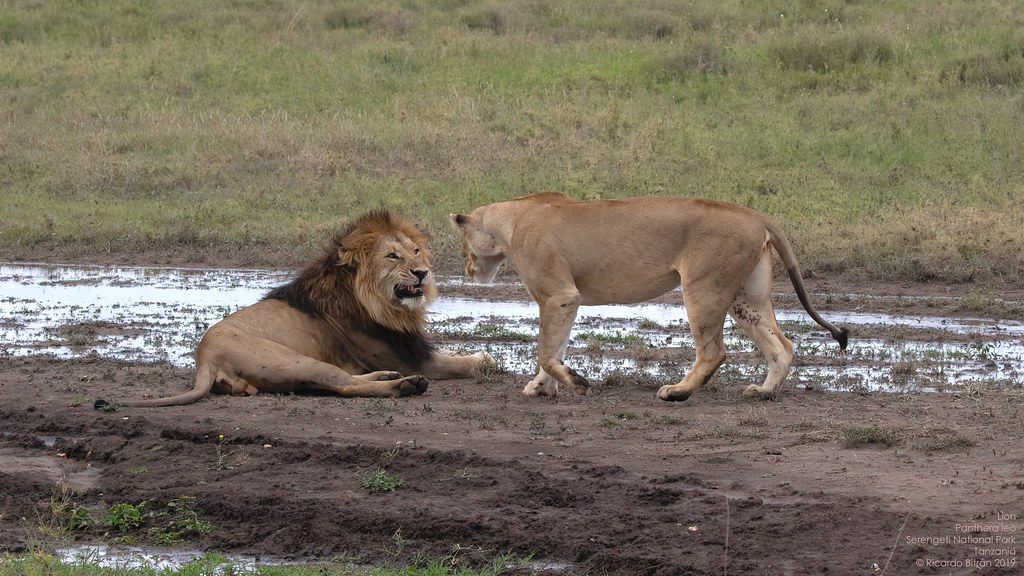Best time to Visit Tanzania Serengeti from USA
Best time to Visit Tanzania Serengeti from USA, Regardless of the season, the Serengeti provides an exceptional and indelible experience. The optimal periods for visiting Serengeti National Park are from January to February and from June to September. It is advisable to schedule your journey in accordance with the progression of The Great Migration.
Winter is the optimal season to observe the galloping wildebeest in the Southern Serengeti; nevertheless, the park’s western corridor and Northern Serengeti are the premier locations for summer and fall visits. A respectable tour operator will possess a precise understanding of the animals’ migratory patterns and timings, and will likely modify their itinerary for your Serengeti safari in accordance with the herd’s movements.

Traveling during the dry season, from June to September, results in a sparser bush, facilitating wildlife observation on game drives as animals congregate around rivers and waterholes. The weather in the Serengeti is relatively reliable. Temperatures in the Serengeti are notably stable, characterized by sunny days and abundant sunlight.
Daytime temperatures often range from the upper 70s to the early 80s. Furthermore, the likelihood of developing malaria diminishes during the dry season due to a reduced mosquito population. Visitors to the Ngorongoro Conservation Area may experience lower temperatures due to its elevated altitude. April and May constitute the wet season characterized by substantial rainfall, resulting in the closure of numerous lodges during this period of reduced activity.
What should I anticipate on my visit to the Serengeti?
The primary allure of the Serengeti is the observation of wildlife. Serengeti National Park boasts the highest density of large mammals globally, ensuring the likelihood of encountering the Big Five (lion, leopard, elephant, buffalo, and black rhino) alongside various plains game, including giraffe, Grant’s gazelle, impala, kongoni, topi, and eland.
The African wild dog was restored to the Serengeti in 2012 following its disappearance in 1991. You will also have the opportunity to observe over 500 species of birds, including ostriches and flamingos.
Although this may appear exhilarating, nothing surpasses the excitement of The Great Migration: the trek of over one million wildebeest, zebras, and other ungulates migrating northward to the Maasai Mara in Kenya from the Serengeti. During April and May, the migratory herds traverse the Western Corridor of the Serengeti. To reach the Maasai Mara, the herds must across the Grumeti River and the Mara River, where over 3,000 crocodiles lie in ambush. For each wildebeest seized by the crocodiles, 50 perish by drowning.

As the dry season concludes in late October, the migratory herds commence their journey southward, returning to the Serengeti. Approximately 250,000 wildebeest and 30,000 plains zebras perish each year due to drowning, predation, weariness, dehydration, or disease during migration. These stunning river crossings exemplify the principle of survival of the fittest and represent a poignant aspect of the circle of life, rendering them a bittersweet yet magnificent spectacle.
How many days do I need to visit the Serengeti?
The Serengeti is an expansive national park of 5,700 square miles in northern Tanzania, featuring over 3,700,000 acres of pristine savanna. The park’s name signifies its vastness: “Serengeti” approximates the Maasai term siringet, meaning “the place where the land runs on forever.”
A minimum of four days is optimal for adequately exploring the Serengeti and its fauna. Due to its vastness, you will require this time to traverse the area with your guide in the safari vehicle, searching for the Big Five and other wildlife. Four days will provide sufficient opportunity to encounter diverse weather conditions. Visiting during the wildebeest migration, the busiest season, will likely result in crowds, thereby prolonging travel time within the park.
It is recommended to allocate a minimum of three to four nights during the Great Migration to enhance your likelihood of observing a greater variety of wildlife and maximizing your safari experience.
